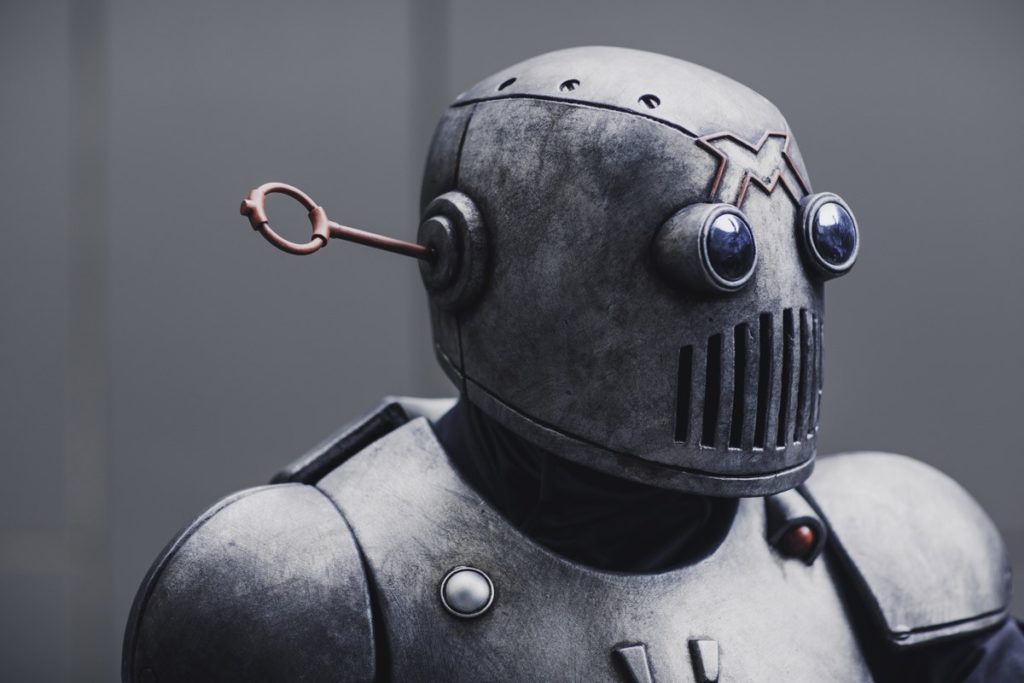I worked on the Fallout 4 team for nearly 4 years. I focused primarily on character art and concept art, while also working project-wide on materials, outsourcing, and asset pipelines.
The last thing I did on Fallout 4 was to paint the cover for the Fallout 4 Art Book:
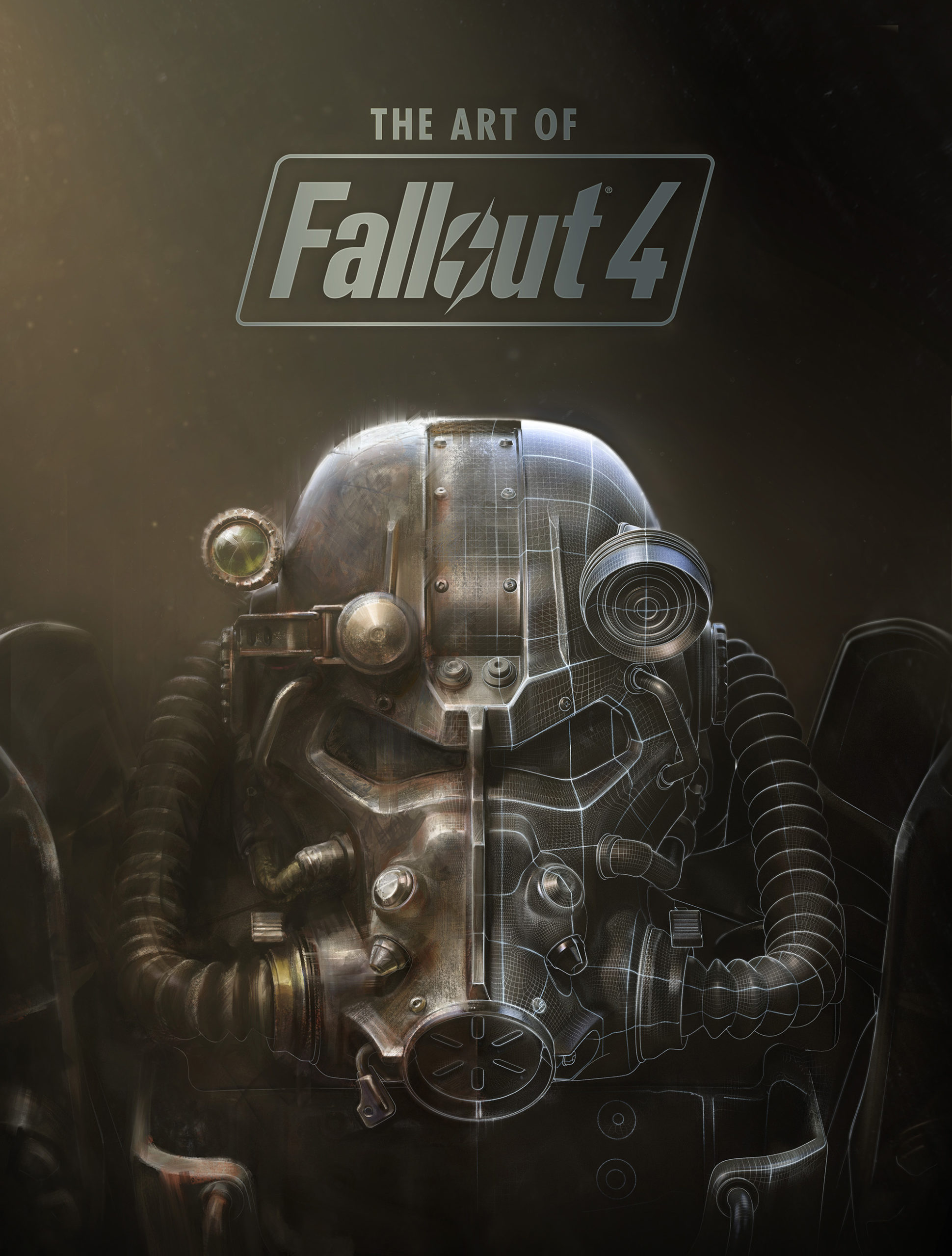
I made the materials for all the power armors in the game, including the T60 used here. When we got around to making the art book I re-topologized all the power amor meshes for subdivision and did the renders. The original power armor designs and meshes were by Fallout Art Director Istvan Pely and Ilya Nazarov collaborated on the cover image above. I don’t have the renders anymore but I still have a copy of the art book on my shelf.
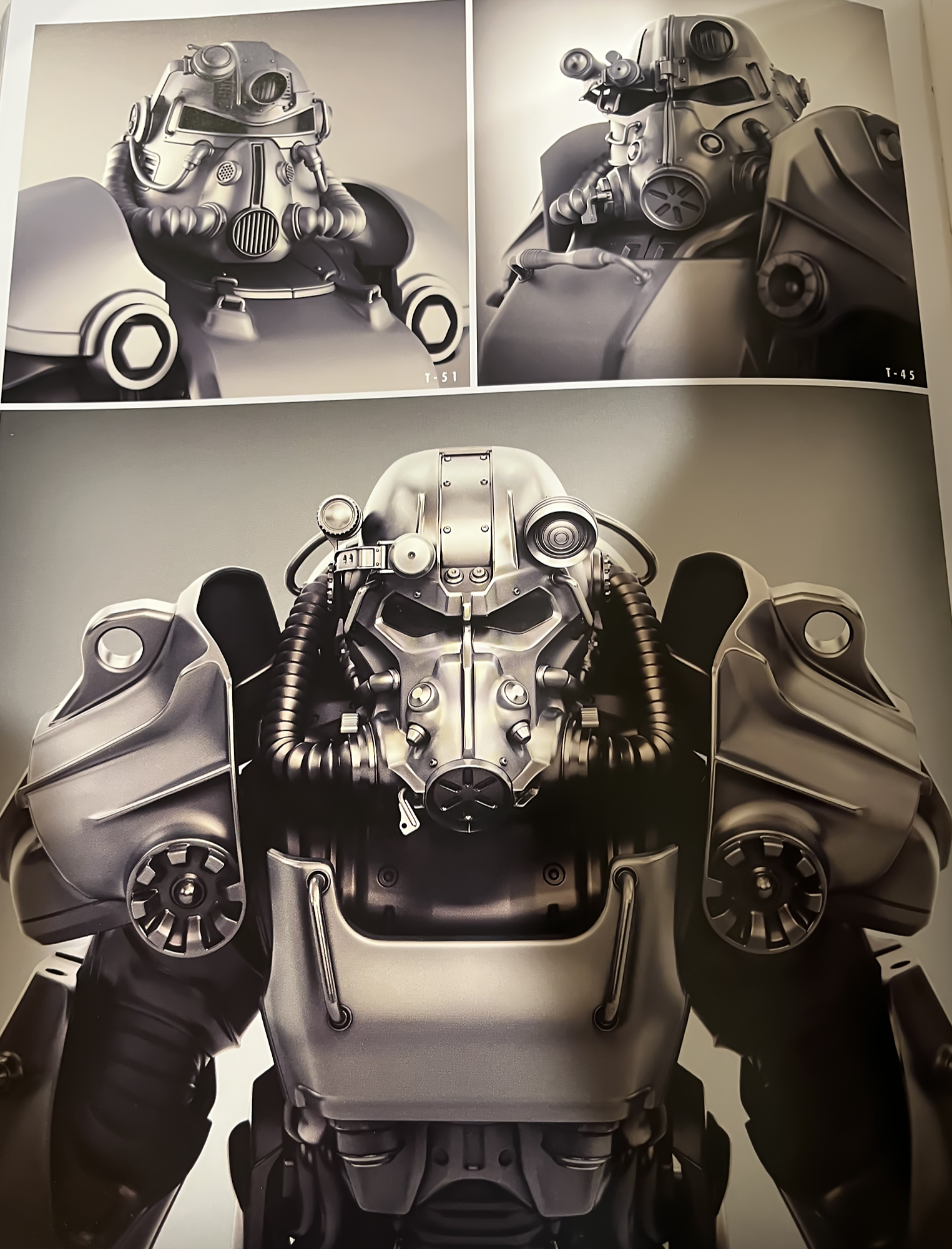
It was great to see the faithful reproduction of the T60 in the Amazon Prime Fallout series. They even added my little rank symbols that I made for the Brotherhood of Steel:

ENEMY DESIGN AND IMPLEMENTATION
During production there were several key enemies that I was allowed to dig into and develop from design through to in-game implementation. These were enemies that the player encountered hundreds of times during their playthroughs so finding clever ways to create variation was key.
The Supermutants were designed by the late, great Adam Adamowitcz, and the base characters were built by Jonah Lobe. I designed armors based on Adam’s sketches and designed the key Supermutant characters Strong and Virgil.

The armors were designed to be modular, so the Supermutants could spawn with a random loadout for visual variety and to represent different levels of enemies.
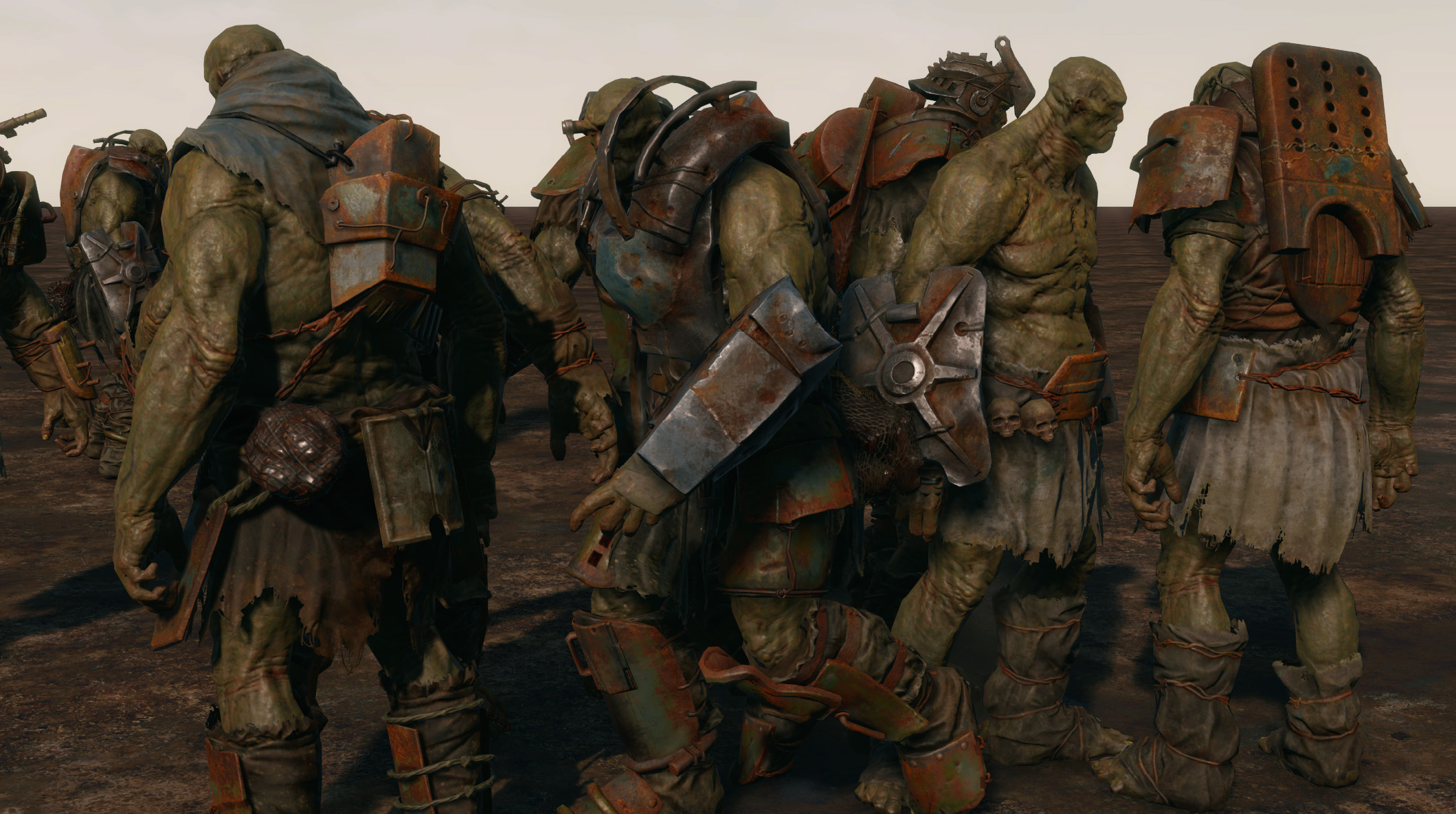
For the Feral Ghouls we updated the classic design to something a bit more . . . feral. I painted the concept art below and built the base assets which have continued to enjoy a long life in Fallout 76.
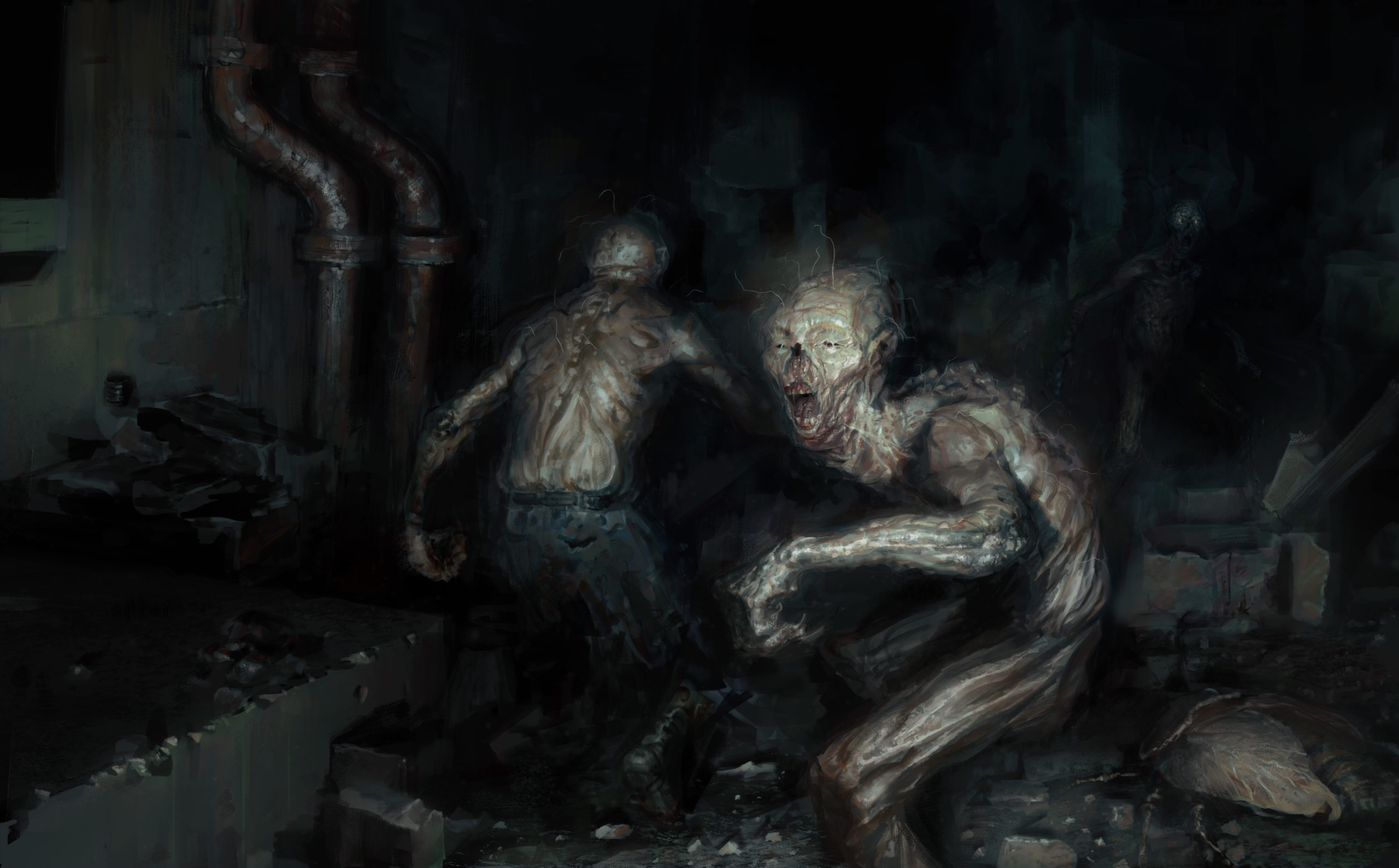

The Synths were based partly on sketches by Viktor Antonov. His incredible designs are in the Fallout 4 Art Book if you get a chance to see them. My redesigns are below. I redesigned the various Synths to animate on a human skeleton while still appearing to have mechanical joints. I then built a destructible layered armor system using our robot tech. Players can do damage that destroys layers of armor, rubber skin, and eventually dismembers the mechanical character without killing it. I was able to implement this on my own due to the good work the team had already put in on the robots for the game.
For Nick Valentine, I snuck in a unscheduled day to give him a custom sculpted face. He used the topology from our human customization system so that he could animate and talk to the player. Normally, the only characters with animated faces in a BGS game are those coming from the character creation system.

GRAPHIC DESIGN
I took every chance I could get to help flesh out the world of Fallout 4, including taking graphic design tasks that might have otherwise slipped through the cracks. I even took a turn on early versions of the main logo for the game.






Fallout 4 is a huge game and there was a lot of work done behind the scenes that is not easy to show or explain. I and many others did everything we could to fill the game with as many great ideas as the tools and schedule would allow. It was the project that taught me the most about what a great team can do with a great design and the time to work on it.
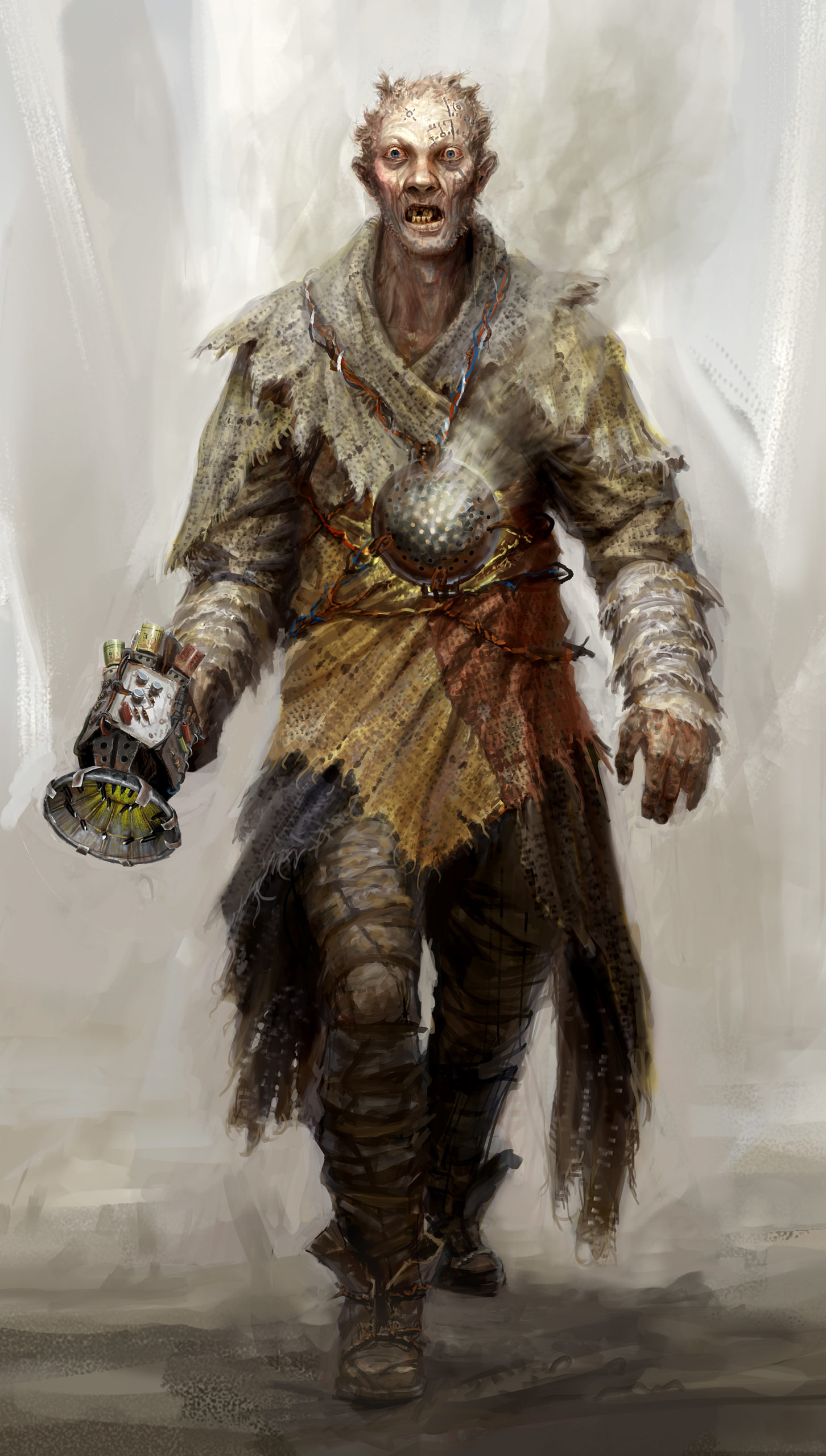
THE MECHANIST
My favorite artwork for Fallout 4 came at the end of my time on the project, doing some design work for the DLC just as I had on Skyrim. Here I updated a classic Fallout character – The Mechanist – for the first DLC: Automatron.

This was one of my designs that caught the eye of cosplayers and prop-makers. It’s always a huge joy to see these designs come into the real world after seeing them for so many years through the window of a screen.
